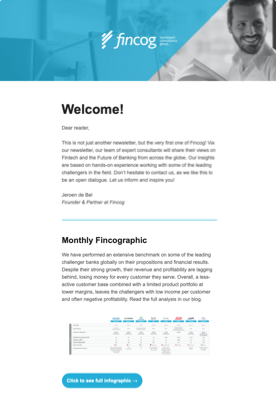Events have created a perfect storm
A mixture of events has had a profound impact on the financial sector, particularly banks. As a result of the deteriorating economic conditions, many banks have struggled to generate sufficient return on capital. This is compounded by the ongoing challenge of keeping pace with digitalization and innovation, as customers increasingly demand convenient and seamless digital experiences.
To control inflation and stabilize the economy, regulators have used their primary monetary policy instrument: interest rates. While raising interest rates can help curb inflation and potentially increase profitability for banks, it can also pose challenges in managing their balance sheets, potentially increasing the risk of financial distress.
In such context, the mounting financial turmoil and decreasing customer confidence can trigger a spiral effect and lead to a bank run, which can cause in turn a liquidity crisis for the banks. Therefore, it is crucial for banks to steer away from dangerous waters by managing risks, optimizing operations, building strength and resilience in the organization, and maintaining trust from customers to weather these challenges.
Not all banks may stay afloat
The pressure on the banking sector is likely to continue as regulators seek to maintain stability in the economy, and banks will need to adapt to these changes to remain competitive and profitable in the long run. Those that will not be able to manage this change may not stay afloat – and we have already started to see some of this happening with examples both in the U.S. and Europe.
The SVB failure was mainly caused by mismanagement of the balance sheet, which became a significant issue as the macroeconomic environment turned sour, causing fear in investors and triggering a bank run which ultimately led to the bank’s collapse.
Credit Suisse had already been troubled for several years after suffering multiple scandals, losses, management shake-ups and restructuring plans. This inconsistency prevented the bank from operating efficiently and producing healthy returns, ultimately leading to a situation of distress.
As these are distinct events that resulted from different and specific reasons, it is not the case to consider it as the beginning of a systemic failure of the whole banking system. However, all banks – especially smaller and weaker ones – should take measures to prevent being hit.
Navigating back to stable waters
In the current scenario, optimizing operations and organizations within banks is crucial to improve their position, enabling them to operate at lower cost, with better unit economics and more flexibility. This contributes to improving banks’ resilience and profitability and should be coupled by a bid to earn back customers’ trust, which has faltered amidst the current unfolding of events.
During this time, meeting customer needs is also critical and it requires banks to truly understand what their customers want, require, and expect. To win, banks should keep it simple and focus on solving specific needs.
As a result, in the current macroeconomic situation, banks that have been able to optimize their organizations by transforming and innovating will be able to gain market share and take over the weaker ones, also benefitting from economies of scale as they grow larger.
Weathering the current storm can be challenging. Fincog is here to help you prevent and mitigate the impact to your organization. We can support you modernizing and optimizing your operations, and enhancing your customer propositions to better serve and delight clients.
Download our Banking for Tomorrow report or visit our website to learn more about our services.


